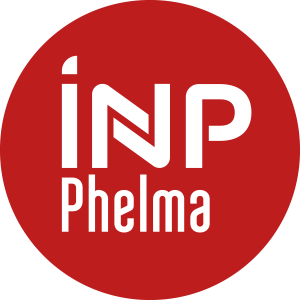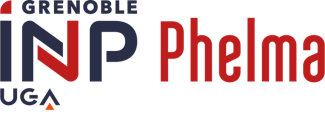Number of hours
- Lectures 10.0
- Projects 0
- Tutorials 4.0
- Internship 0
- Laboratory works 4.0
ECTS
ECTS 2.0
Goal(s)
To have general knowledge of scanning microscopies and understand the physics behind their operation
To have a broad understanding of the most important applications of scanning probe microscopies
Content(s)
Part 1: Scanning Tunneling Microscopy and its applications, near-field microscopies instrumentation
Chapter 1: Physics of quantum tunneling
Chapter 2: STM instrumentation and operation
Chapter 3: Selected application examples of STM
Part 2: Atomic Force Microscopy and related techniques
Chapter 1: Principles of AFM
Reviews of the force acting at nanoscale, short historical presentation of the main scientists involved in the NFM development.
Probe fabrication and properties, description of the instrument
Chapter 2: Imaging modes
Contact and friction modes, dynamic mode.
For each mode, examples are provided to illustrate the wide range of applications of these modes.
Presentation of the common artifacts of AFM technique and its limitations (force and lateral resolutions)
Chapter 3: Spectroscopy mode
Force curves and related interaction measurements, Force mapping
Chapter 4: Introduction to Electric Force Microscopy
Electrostatic Force Microscopy, Kelvin Probe Microscopy, Scanning capacitance microscopy. For each electrical mode, examples from research publications are provided and discussed.
Chapter 5: AFM as a local tool
Introduction to Scanning Force Lithography with a specific emphasis on Nano-oxidation and Nano-xerography.
Prerequisites
Quantum mechanics, solid-state physics, Basic mechanics
Semester 8 - The exam is given in english only 
2h written exam, no documents allowed, no electronic tools
Contrôle continue : CC
Examen écrit Session1 : DS1
Examen écrit Session 2 : DS2
N1 = Note finale session 1
N2 = Note finale session 2
En présentiel :
N1 = % max(TdE, CC) + % DS1
N2 = % max(TdE, CC) + % DS2
En distanciel :
N1 =
N2 =
Commentaire :
Semester 8 - This course is given in english only 



